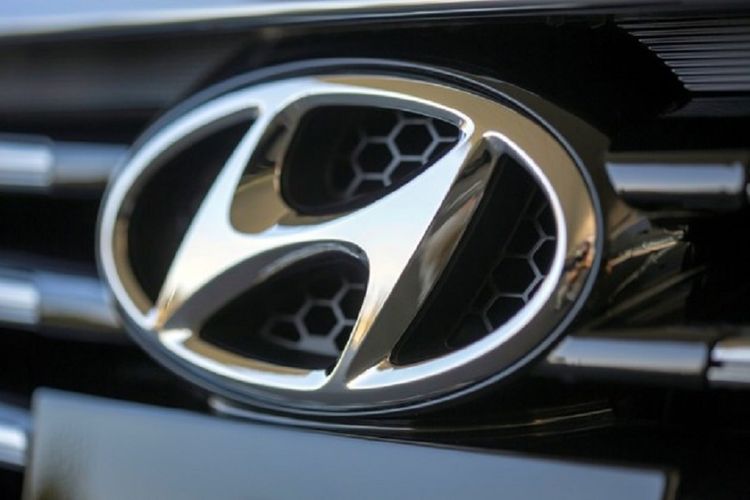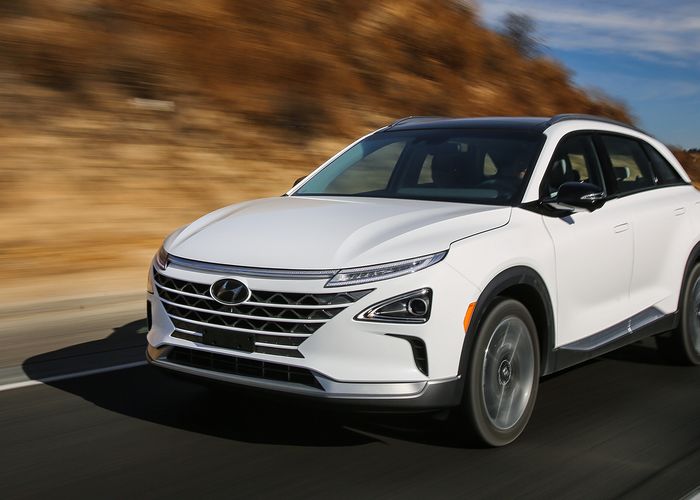In a resounding step towards bolstering its commitment to sustainable mobility, Hyundai Motor has initiated the production of the cutting-edge KONA Electric at its esteemed Czech Republic-based manufacturing hub, Hyundai Motor Manufacturing Czech (HMMC).
With a resolute vision in mind, HMMC envisions churning out over 20,000 units of the revolutionary KONA Electric in its inaugural year. This audacious move not only solidifies Hyundai’s foothold in the electric vehicle (EV) sector but also aligns with the company’s ambitious agenda to exclusively vend zero-emission vehicles throughout Europe by the year 2035.
Taking center stage within the second-generation KONA lineup is the remarkable all-electric variant, boasting a suite of avant-garde safety features, unparalleled convenience, and a class-defining range. Hyundai’s strategic blueprint for the all-new KONA underscores its prioritization of electrification, in harmony with the roadmap unveiled in March 2022. This ambitious strategy envisions the launch of eleven novel Hyundai EVs by the dawn of 2030.
European customers have remained at the heart of Hyundai’s operational ethos. The antecedent to the current endeavor dates back to 2020 when the pioneering first-generation KONA Electric was conceived as Hyundai’s inaugural electric vehicle to be crafted in Europe. This strategic maneuver, bolstered by the strategic augmentation of supply from the Ulsan plant in South Korea with local production at HMMC, substantially ameliorated delivery timelines for European patrons. The baton of this approach is seamlessly passed to the second-generation KONA Electric, once again exemplifying Hyundai’s resolve to cater to the European market’s needs through localized production.
What sets this evolution apart is the pronounced role that experts from HMMC have played in sculpting the new model’s trajectory tailored for the European landscape. Their involvement spanned the inception stages, where preliminary sketches took shape, affording them not only the means to imbue the all-new KONA Electric with distinctive character and parameters but also to account for the intricacies of the production plant early on.
Michael Cole, the President & CEO of Hyundai Motor Europe, stated, “Hyundai regards Europe as a core market, which is reflected in our dedication to our customers across the continent. That is why we produce more than 70 per cent of our models – designed with European customers in mind – in Europe. In response to the growing demand for our electric vehicles in the region and with a focus on shortened delivery times, producing one of our most important electric cars in Europe underlines the importance of the European market for Hyundai.”
By the close of 2023, HMMC anticipates that the KONA Electric will contribute to 15 per cent of the facility’s overall production volume. This surge can be attributed, in part, to the expanded geographical reach of the electric vehicle, which is set to encompass 20 additional nations beyond the current roster of 22 exclusively European markets. The production target for this year culminates at an impressive 21,000 units of the new-generation KONA Electric model, with projections surging to 50,000 units in the upcoming year.
Broadening its horizons, the KONA Electric will now embrace a right-hand drive iteration, tailor-made for the UK, Ireland, and Cyprus. The EV’s reach will extend further to novel destinations, encompassing Turkey, Israel, and the enchanting islands of Reunion and Guadalupe.
Underpinning these advancements is the Czech-based plant’s unwavering commitment to yield two KONA Electric variants, each distinguished by their battery capacities, promising improved performance and range over their predecessors. The 65.4-kWh battery-pack-equipped KONA Electric touts a 160-kW electric motor, catapulting it to a class-leading range of 514 km (WLTP). Meanwhile, the base version houses a 48.4-kWh battery pack paired with a 114.6-kW electric motor, rendering an impressive range of 377 km (WLTP).
Critical to KONA Electric’s prowess are its battery cells, hailing from LG Energy Solution’s facility in Wroclaw, Poland. These cells converge at HMMC, where they are meticulously assembled into their final form—a process that previously saw the production of manual transmissions until 2021.
The remarkable surge in European and global demand for electric vehicles has exceeded market predictions, a phenomenon vividly mirrored in the operations at HMMC. This year’s production landscape at the plant underscores the paradigm shift, with hybrid, plug-in hybrid, and electric vehicles accounting for more than 40 per cent of the production volume—a share that continues to surge.







